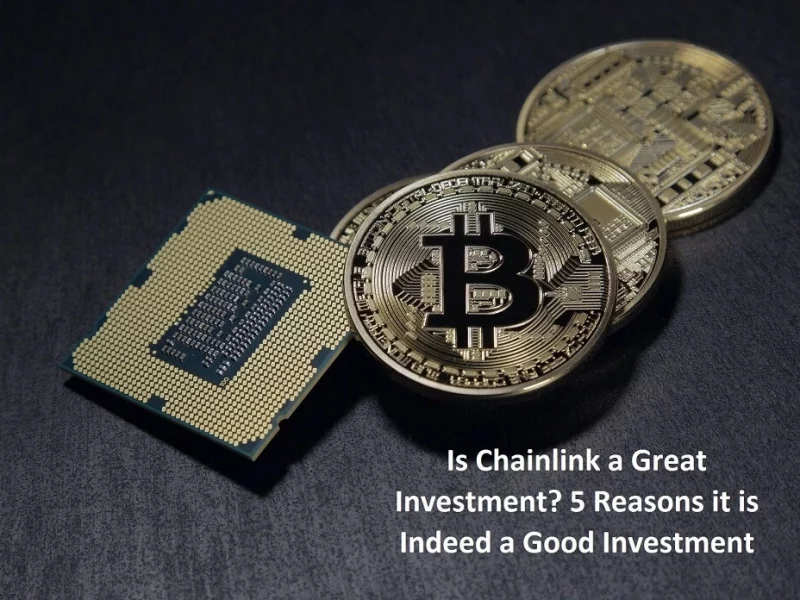Since the introduction of Bitcoin in 2009, cryptocurrencies have advanced significantly. What was once a mysterious digital currency used only by a small group of computer aficionados is now a worldwide phenomenon with daily trading volumes in the billions of dollars. Numerous elements, such as the desire for decentralization, transparency, and financial independence, have contributed to the emergence of cryptocurrencies. We will examine the development of cryptocurrencies from Bitcoin to decentralized finance (DeFi) in this article.

The first cryptocurrency: Bitcoin
The first cryptocurrency, Bitcoin, was founded in 2009 under the pseudonym Satoshi Nakamoto by an unidentified person or group of individuals. A decentralized digital currency that functions independently of governments and financial institutions is what Bitcoin was intended to be. It was developed to fix the problems with the conventional banking system, including the exorbitant fees, lengthy transaction times, and lack of transparency.
The decentralized blockchain network on which Bitcoin runs is a distributed ledger that securely and openly records all transactions. A network of nodes on the Bitcoin network verifies each transaction before it is added to the blockchain. The 21 million coins that make up the total supply of Bitcoin are produced by one person or group of people using high-powered computers to solve challenging mathematical puzzles.
The development of smart contracts on Ethereum
Programmer Vitalik Buterin, a Russian-Canadian, founded Ethereum in 2015. The formulation and execution of smart contracts are supported by the decentralized Ethereum blockchain network. On the blockchain, smart contracts are self-executing agreements that take effect when specific criteria are satisfied. Ether, the coin utilized by Ethereum, is used to complete transactions and encourage developers to create software for the platform. Decentralized apps (dApps) and decentralized finance (DeFi) are now being developed on top of Ethereum.
Decentralized finance (DeFi): The way of the future
Decentralized finance, often known as DeFi, is a young branch of finance that employs decentralized blockchain technology to offer financial services without the need of conventional financial institutions. Anyone may use DeFi, which is built on top of the Ethereum network, to access financial services including lending, borrowing, and trading without going via a centralized middleman.
Smart contracts are used by DeFi protocols to automate financial transactions, doing away with the need for middlemen like banks, brokers, and exchanges. As a result, there are fewer costs, quicker transaction times, and more transparency. By enhancing financial services accessibility, lowering prices, and boosting financial independence, DeFi has the potential to transform the established financial system.
Decentralized exchanges (DEXs) are used by DeFi apps, which are developed on top of the Ethereum network, to allow trade. Users can trade cryptocurrencies using DEXs without a centralized exchange. Users benefit from increased security and privacy as well as decreased expenses as a result of this.
Decentralized lending and borrowing marketplaces like Aave and Compound are examples of DeFi applications. Without the assistance of a formal bank, people may lend and borrow cryptocurrency using these services. Borrowers may use their cryptocurrency as collateral to borrow additional cryptocurrencies, while lenders can earn interest on their holdings of cryptocurrencies. Strong privacy features are offered by other cryptocurrencies like Monero as well, attracting users that value privacy and anonymity in their transactions.
Cryptocurrency challenges and risks
Even while cryptocurrencies have a lot of potential benefits, there are risks and challenges as well. Their volatility is the biggest challenge. Investments in cryptocurrencies pose a risk due to their volatile value. Furthermore, there is still no regulation of cryptocurrencies, leaving investors vulnerable to fraud and market manipulation.
Numerous well-known hacks of cryptocurrency exchanges have resulted in the loss of millions of dollars’ worth of bitcoin. One such concern is the acceptability of cryptocurrencies. Even while cryptocurrencies have grown in acceptance as a form of payment over the years, they are still not extensively used. Because so many businesses do not accept cryptocurrencies, their value as money is constrained. In addition, the intricacy of cryptocurrencies and the technology that underpins them might make them challenging for the typical user to use and comprehend.
Cryptocurrencies in the future
Despite their difficulties, cryptocurrencies have a promising future. The old banking system has been rocked by cryptocurrencies, and they have the power to completely alter the way we do business and handle our funds. A new financial system that is more open, effective, and accessible is emerging as a result of the development of decentralized finance (DeFi).
We can anticipate seeing cryptocurrency and DeFi used by more people in the future. Cryptocurrencies may become more widely available as technology advances and becomes more user-friendly. The potential advantages of cryptocurrencies may also be recognized by governments and financial institutions, who may then attempt to regulate them in a way that safeguards investors while fostering innovation and growth.
Conclusion
In conclusion, the need for decentralization, transparency, and financial independence has spurred the development of cryptocurrencies from Bitcoin to decentralized finance. Although there are risks and difficulties associated with cryptocurrencies, their future is promising, and they have the ability to completely transform the current financial system.



